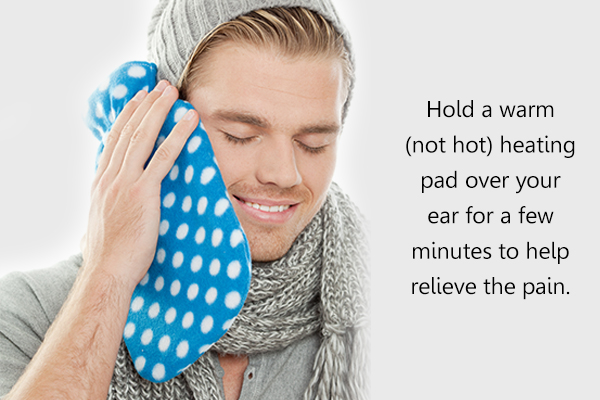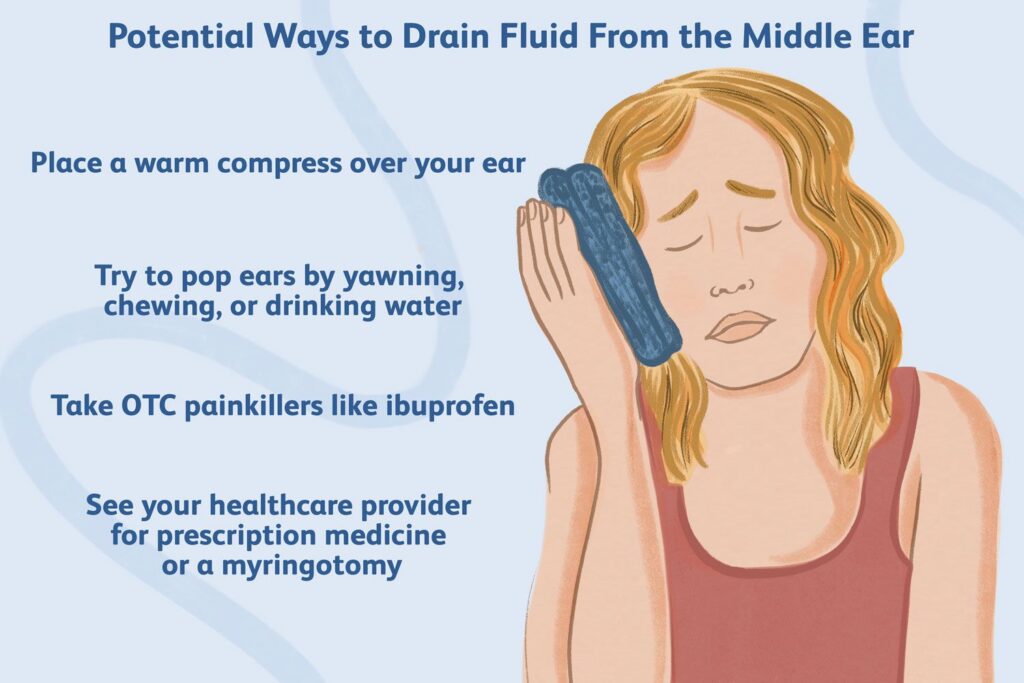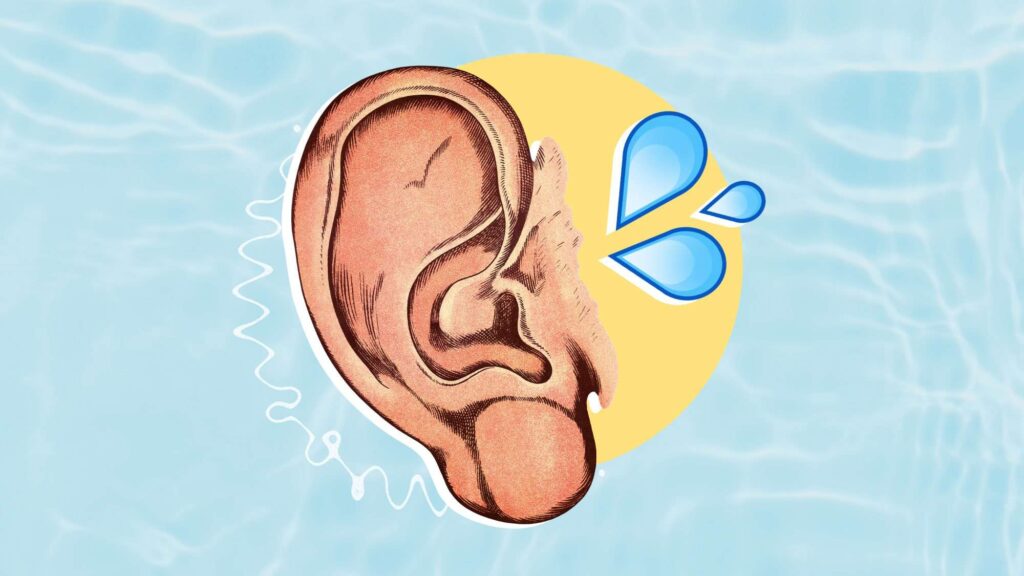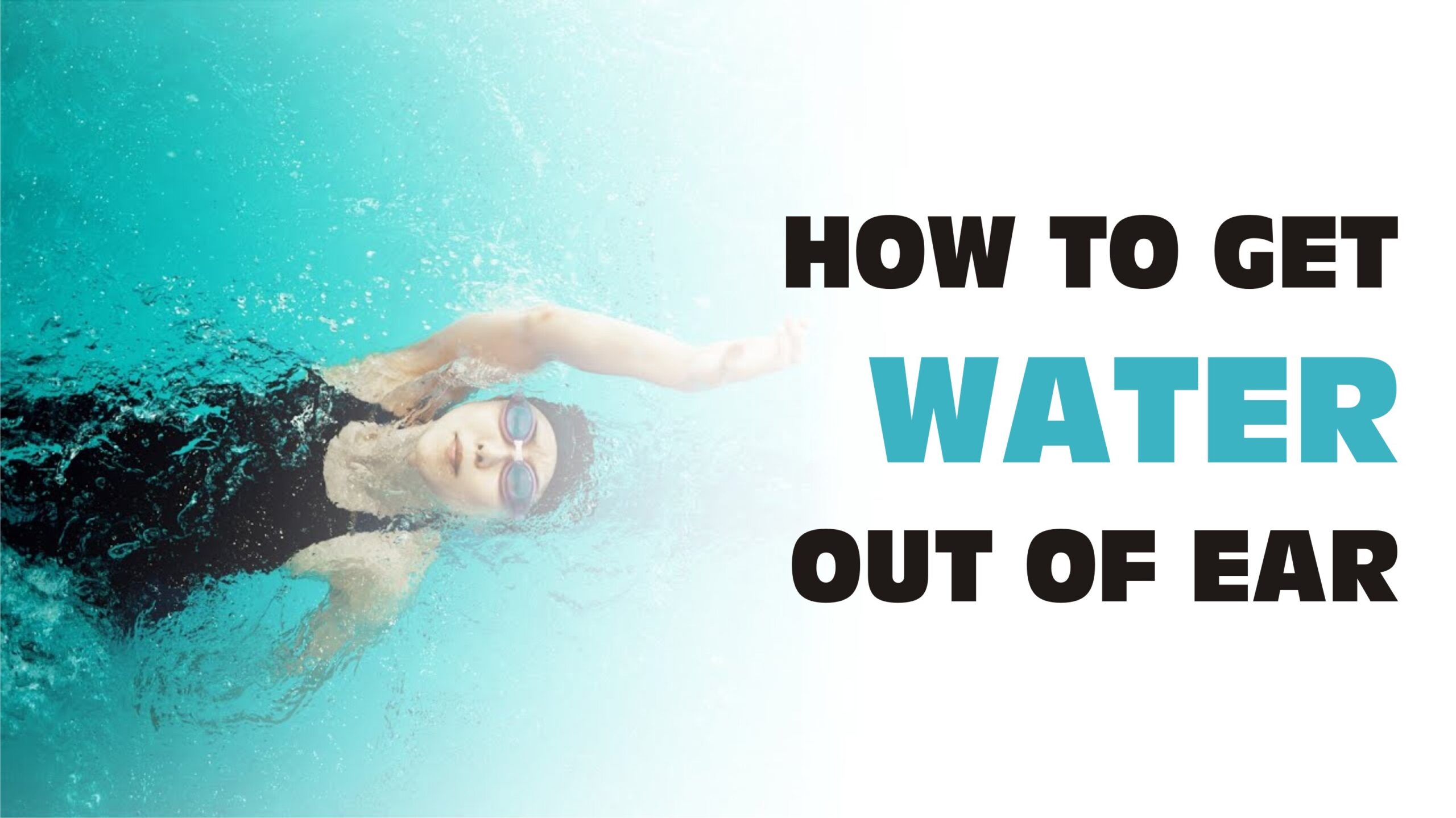Effective Techniques on How To Get Water Out of Your Ear
Table of Contents
Introduction
Getting water trapped in your ear after swimming or showering can be an uncomfortable and frustrating sensation. If left untreated, it can lead to irritation, pain and even ear infections. Fortunately, there are several simple and effective methods you can try to get water out of your ear. In this article, we will explore various techniques and remedies that can help you get rid of water in your ear and provide relief from discomfort.

How To Get Water Out of Your Ear – How to get water out of your ear quickly
1. Gravity Method
One of the simplest ways to get water out of your ear is the gravity method. Begin by tilting your head to the side, with the affected ear facing the floor. Gently pull on your earlobe or create a vacuum by pressing your palm against your ear and then release it. Gravity will help draw the water out of your ear. Alternatively, you can try lying on your side for a few minutes to help gravity help with the process. Remember to keep a towel handy to catch any water that drips out.

2. Valsalva’s method
Another effective technique for getting water out of your ear is the Valsalva maneuver. Begin by closing your mouth and pinching your nostrils shut with your fingers. Take a deep breath and exhale slowly with slight pressure. This technique helps equalize the pressure and can get water out of your ear. However, be careful not to exhale too forcefully, as this can damage your eardrum.
3. Vacuum Method
The vacuum method involves creating a suction to draw water out of your ear. Begin by tilting your head to one side, with the affected ear facing up. Gently place the palm of your hand against your ear to make a tight seal. Slowly push the arm in and out, creating a vacuum effect. This action can help draw out the water and get it out of your ear. It is important to be gentle to avoid any damage to your ear.

4. Warm Compress
A warm compress can be an effective way to get water out of your ear. Soak a fresh cloth in warm water and squeeze out any excess moisture. Place a warm compress on the affected ear for a few minutes. The heat from the compress can help evaporate the trapped water and provide relief. Make sure the compress is not too hot to avoid burning your ear.
5. Alcohol and vinegar solution
A solution of rubbing alcohol and vinegar is a popular home remedy known for its drying properties. Mix equal amounts of rubbing alcohol and white vinegar in a clean container. Using a clean dropper, put a few drops of the solution into the affected ear. Tilt your head to one side and let the solution sit for a few minutes. Next, gently tilt your head in the opposite direction, allowing the water to drain naturally. This solution helps evaporate the water and prevent bacterial growth.
Conclusion
Having water trapped in your ear can be frustrating, but with the right techniques, you can effectively drain it and find relief. Whether you choose the gravity method, the Valsalva maneuver, the vacuum method, warm compresses, or an alcohol and vinegar solution, it’s important to be gentle and careful to prevent any damage to your ears. If water persists or is accompanied by severe pain or other associated symptoms, medical attention is advised. Remember, prevention is key, so using earplugs or tilting your head to drain water while swimming can help reduce the chance of water getting trapped in your ear.
How To Get Water Out of Your Ear FAQ.
Will water come out of ear naturally?
Yes, water can come out of the ear naturally in some cases. When water enters the ear, such as during swimming or showering, it may get trapped in the ear canal. Usually, the water will drain out on its own over time. The natural drainage process can be aided by gravity, tilting the head to the side, or by gently tugging on the earlobe and tilting the head to allow the water to flow out.
It’s important to note that excessive water in the ear can lead to discomfort or even an ear infection. If you experience prolonged water blockage or any symptoms such as pain, hearing loss, or discharge from the ear, it’s recommended to seek medical attention. A healthcare professional can examine the ear and provide appropriate treatment if needed.
Will water in the ear go away?
Yes, in most cases, water in the ear will go away on its own. The water may drain out naturally over time as the body’s mechanisms work to remove it. You can aid the process by tilting your head to the side and gently tugging on the earlobe to encourage the water to flow out.
Why does my ear feel like it has water in it?
The sensation of having water in the ear can occur due to several reasons:
Water trapped in the ear canal: If water enters the ear during activities such as swimming, bathing, or showering, it can become trapped in the ear canal. This can cause a feeling of fullness or blockage in the ear.
Earwax buildup: Excessive earwax can accumulate in the ear canal, leading to a sensation of fullness or a blocked feeling. This can create an environment where water gets trapped more easily.
Eustachian tube dysfunction: The Eustachian tubes connect the middle ear to the back of the throat, helping to equalize pressure and drain fluids from the ear. If the Eustachian tubes become blocked or don’t function properly, it can result in a sensation of fluid or pressure in the ear.
Middle ear infection: Infections in the middle ear, such as otitis media, can cause fluid to accumulate behind the eardrum. This can lead to a feeling of fluid or pressure in the ear, along with other symptoms like pain, hearing loss, or fever.
Swimmer’s ear: Swimmer’s ear, also known as otitis externa, is an infection of the ear canal often caused by water remaining in the ear after swimming. It can lead to discomfort, pain, and a sensation of fullness or fluid in the ear.
If you experience the sensation of water in your ear or any associated symptoms, it’s recommended to consult a healthcare professional. They can evaluate your ear and determine the underlying cause, providing appropriate treatment or recommendations to alleviate the discomfort.
Also Read 15 Landmarks To Visit Before You Turn 65
Follow us on Youtube
Follow us on Facebook
Follow us on Twitter
Follow us on Instagram

